The 5-Step 2018 Sustainable Style Challenge
In a perfect world, my wardrobe would be filled with statement vintage pieces, timeless artisan prints, and a handful of sultry backless dresses from Reformation. A combination of Emma Watson’s sustainable closet with Gigi Hadid’s effortless street style is the ultimate goal. But getting there doesn’t happen overnight, folks.
My personal style has been an important way for me to express myself ever since I was a little girl who insisted on wearing tutus every day, to being an angsty teen rebelling against the (sexist) school dress code. It’s never been about designer brands or always keeping up with the latest trends. To me, style can be an empowering way of expressing a bit of who you are on the inside on the outside.
Simultaneously, I’ve always been a bit of an eco-nut. I remember leading a protest against my neighbor as an 8-year-old, mad at his decision to cut down a lot of 100-year-old trees. In high school, I poured my heart into a marketing proposal for an organic fashion line, which brought me to a state business competition. In college, I went on to study and work within sustainability and environmental action. It was at that point I could no longer ignore the negative impact of the fast-fashion industry on people and the planet.
In short, my style and passion for sustainability have put me in a state of cognitive dissonance. I’ve partaken in unhealthy (online) shopping habits for things that I don’t need and don’t last for years. It always brings me momentary bliss, and usually ends up falling apart in the next few months.
And sadly, for many years I completely ignored this toxic cycle, even as I became more involved in sustainability. I wrote off the “silly” fashion industry as a whole, incapable of making any form of lasting change.
I was wrong. I completely underestimated the power of this industry over the entire environmental justice movement. Here’s why:
The Planet
The $2.5 trillion industry is the second highest water user and polluter in the world, only second to the oil industry. It takes 2,700 gallons of water to produce a single cotton T-shirt. That’s enough water to drink for 2.5 years.
Americans consumer about 68 pounds of clothes each year… 85 percent of which will end up in a landfill. The average consumer bought 60 percent more clothes in 2014 than in 2000, but kept them for half as long. As population is projected to increase over the next few decades, we’ll need three times as many natural resources by 2050.
People
The destruction goes far beyond solely the planet. 80 percent of garment workers are women. Especially in China, India, Bangladesh, and even Turkey, many of these women don’t receive a living wage or fair work conditions. Many garment workers are abused, and some even killed in unsafe working conditions. For example, Bangladesh is one of the most popular outsourcing locations for garment workers. They earn the lowest wages in the world, as low as $0.27 per hour. Meanwhile the fast-fashion moguls of at the top reap the benefits.
I personally believe that Westerners have more responsibility to do something about this. We have an ability to send a message to the industry at large with our purchasing power. A recent study by The Shelton Group showed that millennials are 90 percent more likely to buy from a brand that they trust their social responsibility. Change is slowly but surely a-coming.
I recently became the newest member of Ethical Writers and Creative, a collection of women who focus on conscious, sustainable, and ethical lifestyle, travel, and/or fashion. I’ve been so inspired to see that there’s actually so many badass women getting behind this movement that I figured it’s time for me to fully commit myself.
This is why I’ve decided to come up with a simple yet effective “Sustainable Style challenge” for 2018 for myself, and any readers who would like to join me. It’s not about achieving perfection instantly, but taking a series of small steps in the right direction.
The 5-step sustainable style challenge
(This christmas I opted for my mom’s velvet gown from the 90s! I got so many compliments, and am so glad I skipped buying a holiday dress this year. Shoes, purse, and jacket are very versatile and can be worn for over 30 wears, though are not made sustainably, unfortunately.)
Take care of the clothes you have.
In a previous blog post, I touched on a few things you can do to take better care of the clothes you have. This has helped me be more mindful of how I treat my clothes, and being overall more conscious about taking care of the ones you have. This is an essential first step before considering buying anything new.
Don’t buy anything that won’t last you at least 30 wears
A social media movement by Ecoage, #30wears encourages you to only buy things that you’ll wear and will last at least 30 times. Thinking in this frame of mind forces you to really consider how versatile and functional a piece really is. This doesn’t mean your wardrobe needs to be all whites and blacks. You can still mix prints like stripes, leopard print, and polkadots, if you commit to combining them with other basics.
#Don’t buy anything that won’t last over two years
Along the same line of logic, if you can’t imagine yourself wearing it in two years, don’t buy it. This will avoid the impulse of trying to keep up with every latest fashion trend and disposing of it in a year. It also forces you to consider the garment’s quality.
First research if it can be bought ethically and sustainably before making any purchases. If not, see if it can be bought used.
It’s important to note that sustainability is not solely about the environment. The brands that have a true understanding of the term have a triple bottom line. They pay decent wages to workers, engage in fair trade, track resource consumption, and/or reduce waste.
This may seem like a lot to take in but you’d be surprised by the amount of budding brands out there that actually do get this.
The aforementioned Reformation is one of my favorite sustainable brands at the moment, due to their fair working conditions and tracking of resource consumption.
Also, the mobile app Good on You is a god-sent, as it tracks the environmental impact, working conditions, and animal welfare of hundreds of fashion brands around the world!
Alternatively, see if you can buy the item second-hand, online or at a second hand store. You’d be surprised the (sometimes unworn) gems you can find!
Avoid anything you don’t need.
I know this one will probably be the hardest one for me. I think it’s important to be mindful of the fact that there is no way to buy anything without causing an environmental impact to some extent. Thus, impulse shopping even with do-good brands is not really sustainable. Always try to think on it before buying, and feel free to go through the questions above to help simplify the process.
Over the next year I am going to be exploring these issues on my blog, and I’d love for you to join me on this challenge. I’ve received quite a bit of interest from readers, friends, and family who are interested in the cause, but might not know where to start.
I’d love if you comment below with any questions or reservations you might have. What are you looking to see more of in the next year specifically? How can I help YOU?
Protecting people and the planet is the new black, and it’s here to stay. Together, let’s work toward being more conscious AND cool.



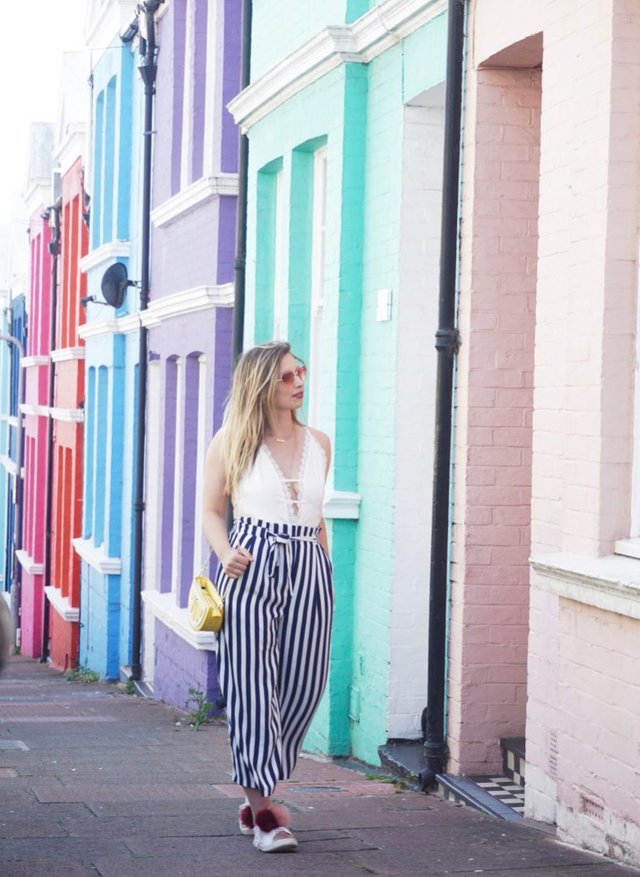

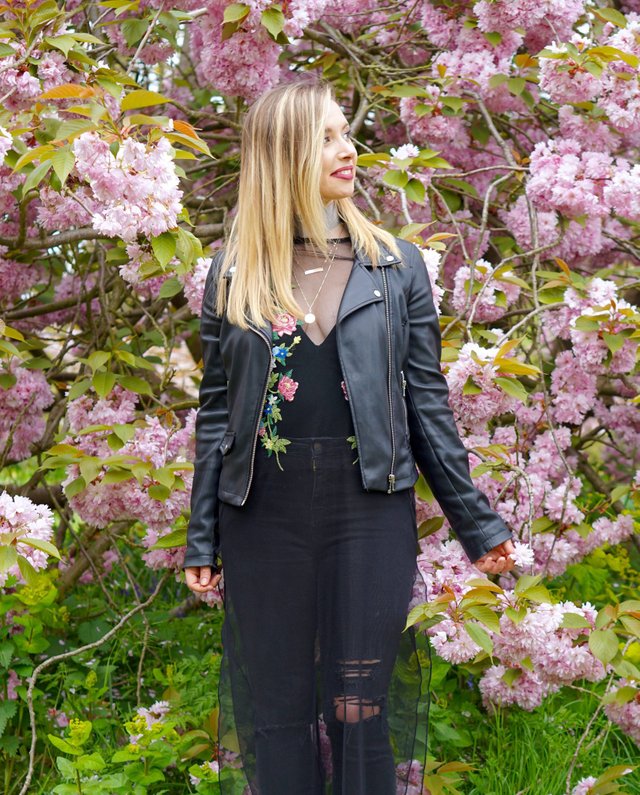
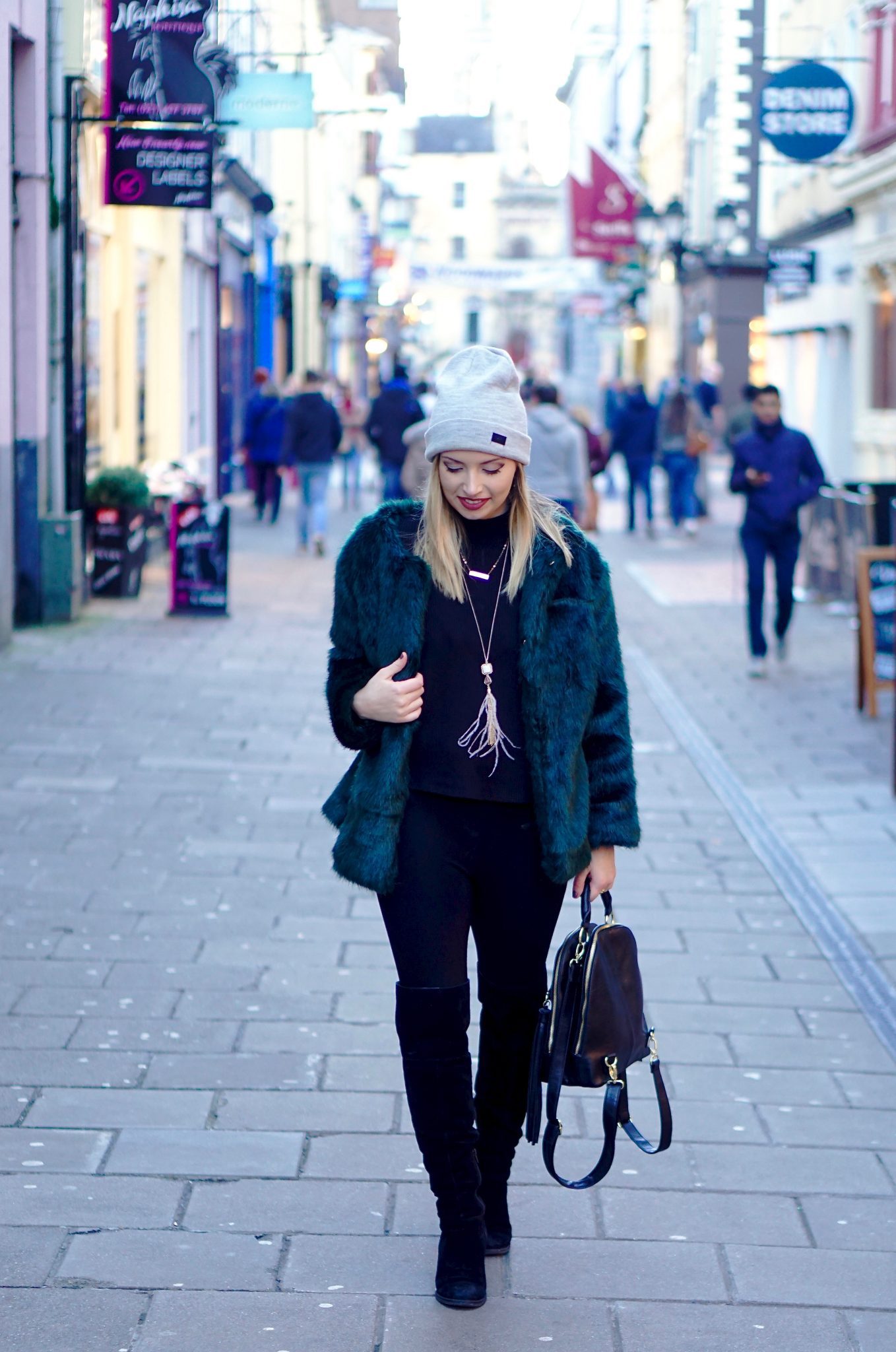

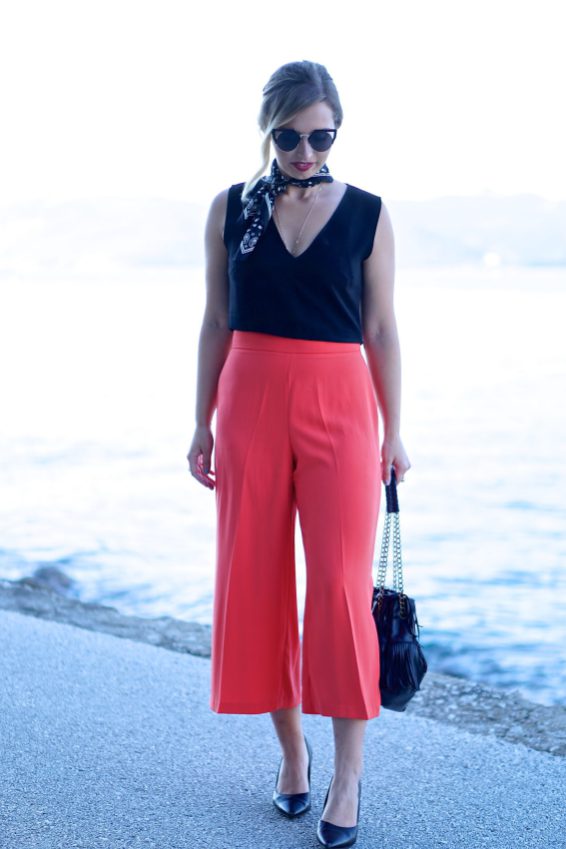



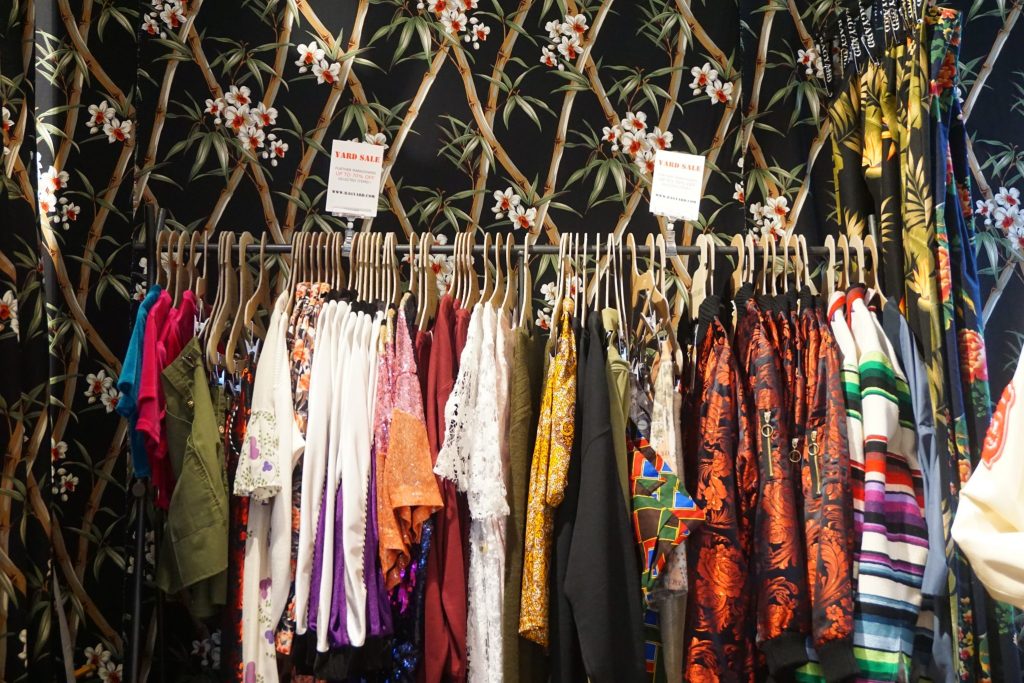

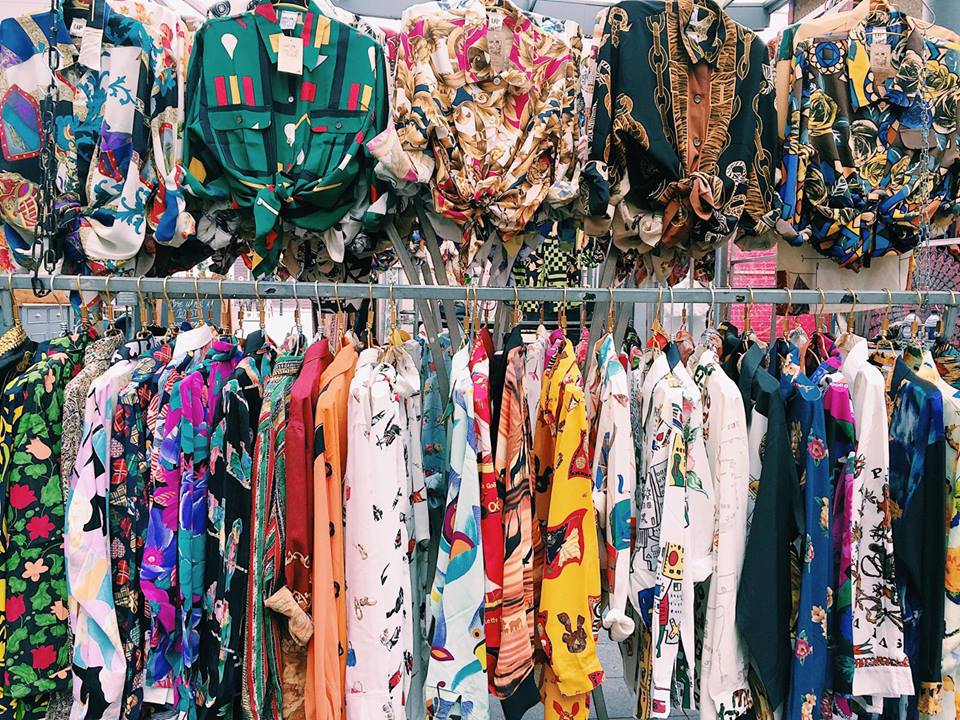
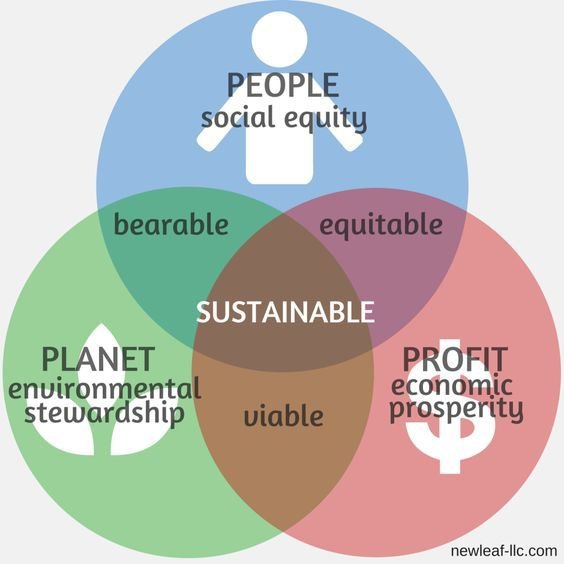
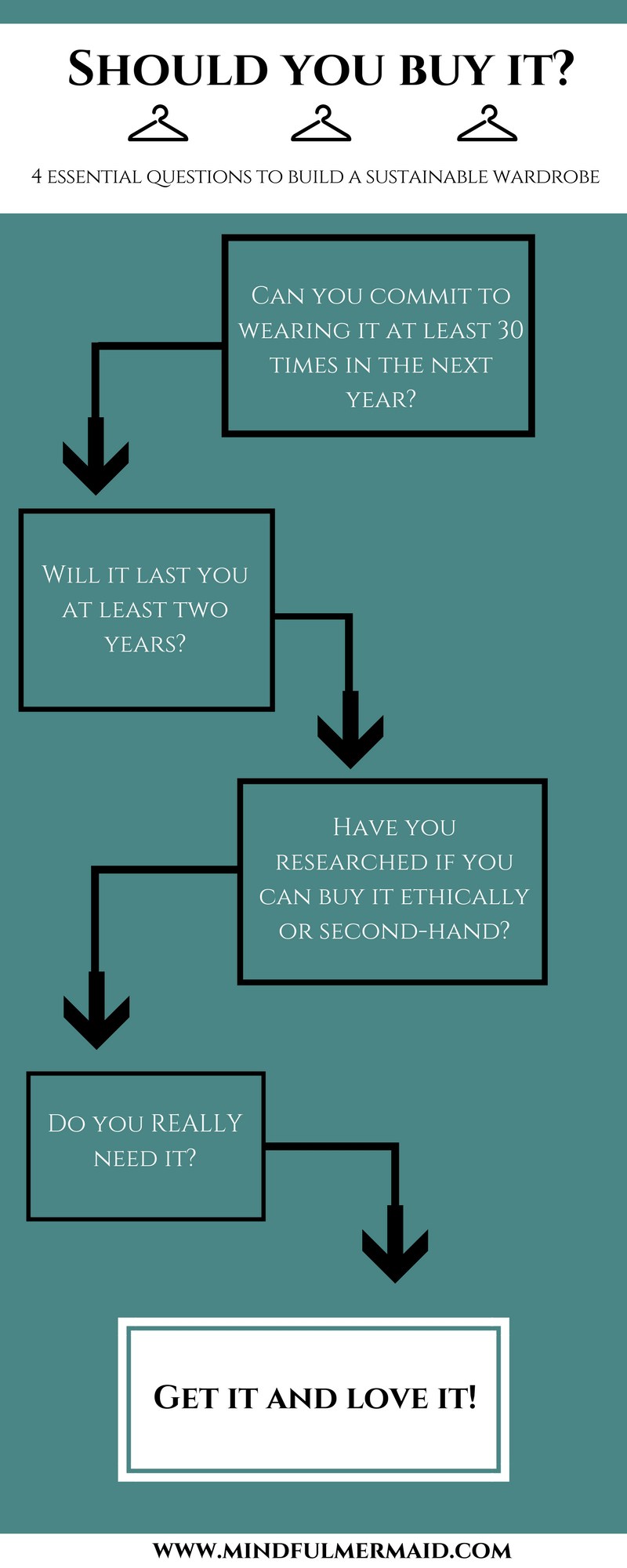.jpg)
I am impressed about your post
Thank you
not necessary what you wearing GOD give you sometime for donation
The point of this blog post is to encourage people to give away or donate things they don't use. I am not sure what are you trying to say?
Nice writeup and you have a great fashion sense. I learnt a lot from this post.
Thanks!I am glad that you found something useful.
You really have style @alexcote! love your fur jacket
Thanks a lot dear :)
Very very very impressive post very well written I'm just like wow 😲 you look so beautiful in every picture the clothed are wonderful!
Thank you so much dear, it means a lot to me!